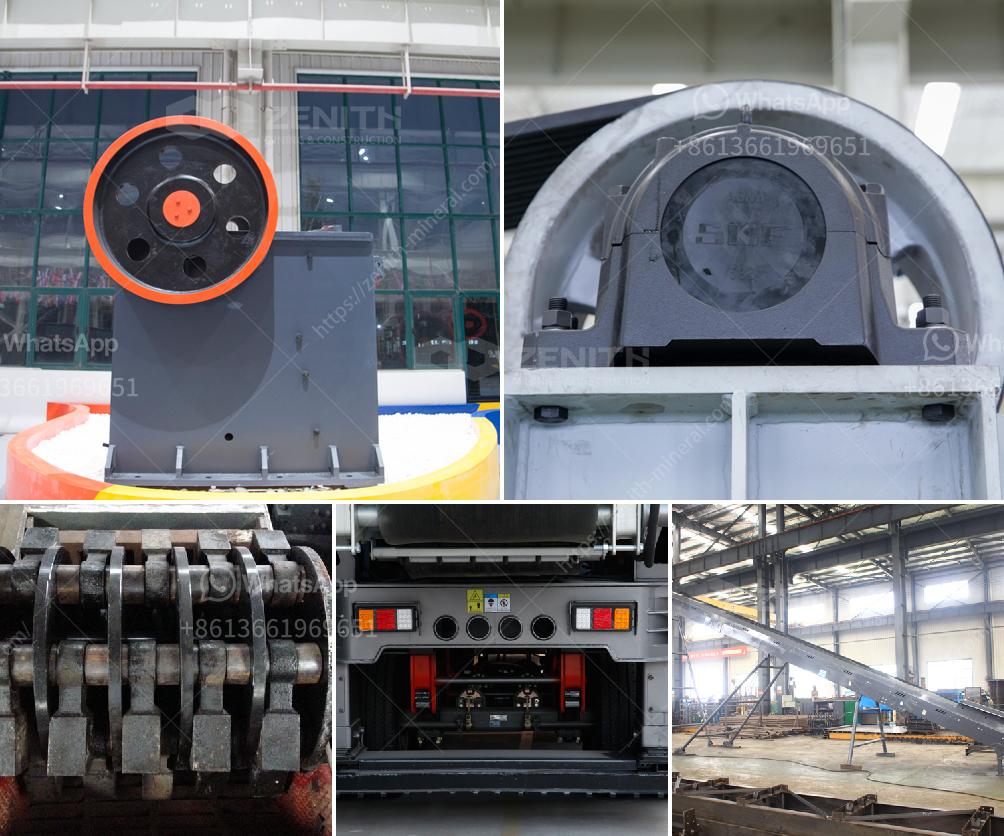Using a hammer mill in Kenya involves several steps to ensure safety and efficiency. Here’s a basic overview:
Steps to Use a Hammer Mill:
-
Understand the Equipment:
- Manual: Start by reading the manufacturer’s manual specific to your model for safety guidelines and operational instructions.
- Components: Familiarize yourself with the main components such as the feed hopper, grinding chamber, discharge port, and control panel.
-
Safety First:
- Protective Gear: Wear safety equipment like gloves, goggles, and ear protection.
- Environment: Ensure the working area is free from obstructions and well-ventilated.
-
Setup:
- Positioning: Place the hammer mill on a stable and level surface.
- Power Supply: Confirm that the mill’s electrical connections are secure and suitable for local voltage requirements.
-
Material Preparation:
- Size Reduction: Pre-process any oversized materials to fit within the mill’s input specifications.
- Check for Foreign Objects: Ensure the material is free from metal, stones, or any foreign objects that could damage the mill.
-
Operation:
- Starting: Turn on the machine following the manufacturer’s procedures.
- Feeding: Gradually feed the material into the hopper. Avoid overloading to prevent clogging and overheating.
- Monitoring: Keep an eye on the operation, listening for unusual noises that indicate problems.
-
Shutdown:
- Turn Off: Once processing is complete, turn off the machine properly.
- Clean Up: Clean the mill regularly to maintain its efficiency and longevity. Remove any residual material and conduct periodic checks for wear and tear.
Maintenance Tips:
- Regular Checks: Inspect parts like hammers, screens, and bearings regularly for wear and replace as necessary.
- Lubrication: Follow the manufacturer's recommendations for lubrication of moving parts.
- Storage: When not in use, store the mill in a dry, clean area to prevent rust and contamination.
Local Considerations:
- Supplier Support: Reach out to local suppliers or technicians for service or spare parts.
- Local Materials: Adapt the milling process to the specific materials commonly processed in Kenya (e.g., maize, cassava).
Using a hammer mill correctly ensures efficient processing and prolongs the life of the equipment. Always adhere to manufacturer guidelines and local best practices for optimal results.


